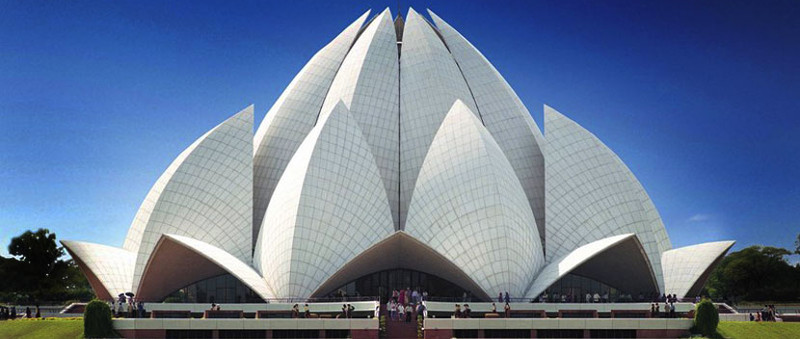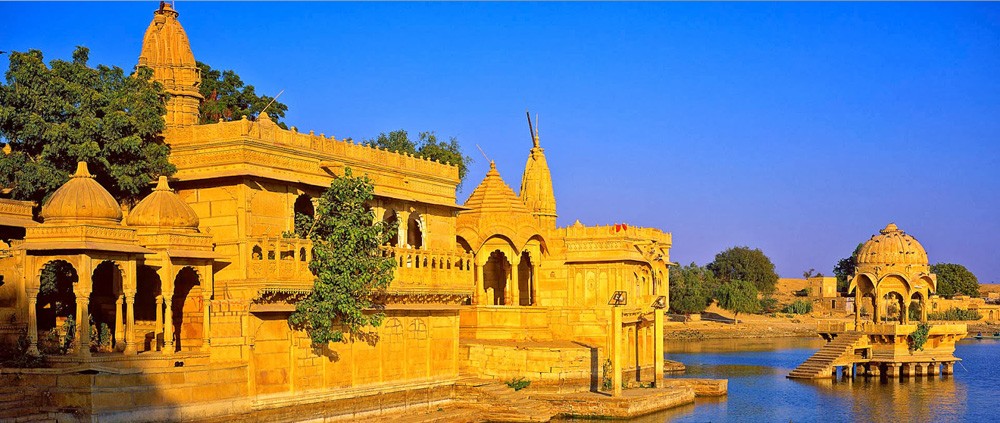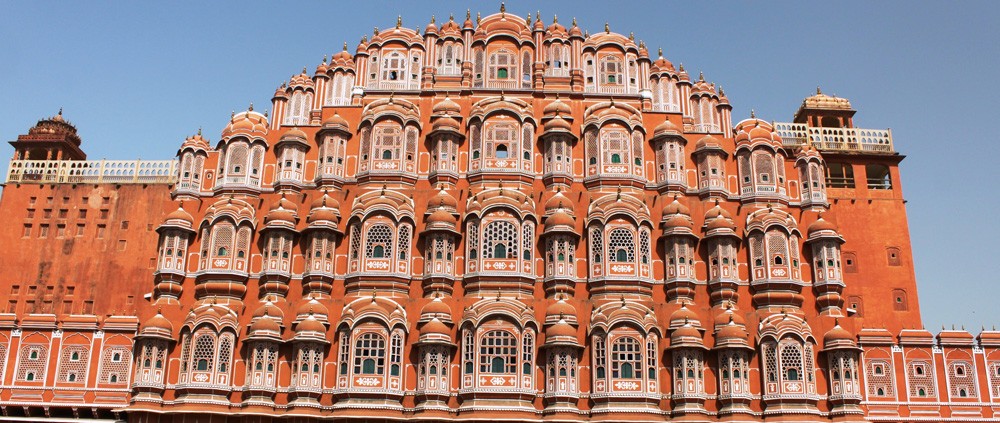| CODE NO | 003 |
|---|---|
| Tour Name | “Golden Triangle” |
| No of Days | 5 Nights / 6 Days |
| Destination | Delhi – Agra – Jaipur – Delhi |
Day 01: Arrival at Delhi Airport and transfer to the hotel
On arrival at Dalhi airport meet our executive there and transfer to the hotel. After freshing up by afternoon proceed for half day sightseeing of New & Old Delhi visiting – Raj Ghat and Shanti Vana – the cremation sited of Mahatma Gandhi and Jawaharlal Nehru. Also drive past Red Fort, built in 1648 by Mughal Emperor Shahjahan, Jama Masjid, one of the longest mosque in India and Chandni Chowk, shopping center of Delhi.
New Delhi visiting Qutub Minar built by Qutub – ud – Din Aibek in 1199. India Gate (War Memorial Arch). Lakshminarayan Temple – a modern Hindu Temple. Also drive past Presidential House, Parliament House, and Government Secretariat Buildings. Overnight at the hotel.
Day 02: Delhi – Agra By Surface (204 Kms)
After breakfast drive to Agra and check-in at the hotel. Afternoon proceed for sightseeing Taj Mahal – One of the most photographed tourist attractions in the world, Taj Mahal is the attraction that pulls the tourists from all over the world. The Taj Mahal is entirely made of white marble and its walls are decorated with exquisite pietra dura (stone inlay) work. It is said that different types of precious and semi-precious stones were used in the intricate inlay work done on the interiors. This magnificent monument is set around a Charbagh or ‘four garden’ plan, which is split by watercourses-a reflection of the Persian style.
Agra Fort – Built by Emperor Akbar on the west bank of the river Yamuna and beautified with palaces and gardens by Jehangir, Agra Fort today dominates the center of the city. The crescent-shaped fort with its 20-metre high, 2.4-km outer walls contains a maze of buildings that form a small city within a city. One can enter the fort only through the Amar Singh Gate. The public access is limited to the southern part of the fort, which includes nearly all the buildings of tourist interest. The Diwan-i-Aam (hall of public audience) and Diwan-i-Khas (hall of private audience) were built by Shahjahan for receiving audiences.
Jehangir’s Palace built by Akbar was the largest private residence in the fort. Close to Diwan-i-Khas, stands an octagonal tower known as Musamman Burj. It was here that Shahjahan breathed his last after seven years of imprisonment. Other places to see within the fort include the Khas Mahal, Sheesh Mahal (the mirror palace) and the Anguri Bagh (the Grape Garden). Overnight at the hotel.
Day 03: Agra – Jaipur By Surface (234 Kms)
After breakfast drive to Jaipur and enroute visiting Fatehpur Sikri.
Fatehpur Sikri Thirty-nine kilometres from Agra stands Fatehpur Sikri, the red sandstone city of yesteryears. The city was built by the Mughal Emperor Akbar in AD 1564 in honour of the Muslim saint Sheikh Salim Chisthi. Fatehpur Sikri was intended to be the capital city but the shortage of water and unrest in the north-west made Akbar abandon it after 14 years . One of the major attractions of this city is the marble tomb of Sheikh Salim Chisthi. Other places of interest include Diwan-i-Aam, Diwan-i-Khas, Buland Darwaza, Panch Mahal, Jodha Bai’s Palace and Birbal Bhavan.
On arrival in Jaipur check-in at the hotel.
Jaipur, the capital of Rajasthan is wonderful tourist attraction in Rajasthan. The Pink City of Jaipur has a number of architectural wonders that attract tourists from all over the country and abroad. Most of the foreign tourists, who come to India, also tour this city of majestic forts and beautiful havelis. Jaipur lies in the state of Rajasthan and is about 258 kms form Delhi, the capitalo of India. Jaipur Hub takes you on a tour of various tourist attractions in and around Jaipur. Overnight at the hotel.
Day 04: Jaipur
After breakfast proceed for excursion to Amer Fort – At a short distance of 11 kms. from Jaipur, the Amer Fort complex stands amidst wooded hills overlooking the Delhi-Jaipur highway.
One of the finest examples of Rajput architecture, it was the ancient capital of the Kachhawah rulers. The original palace was built by Raja Man Singh and additions were made later by Sawai Jai Singh.
Within the palace are the Diwan-e-Aam or the “Hall of Public Audience”, the Diwan-e-Khas or the “Hall of Private Audience” and the Sukh Niwas where a cool breeze blows across channels of water for the purpose of air-conditioning.
Here are the private chambers of the queens with windows having latticed screens so that the ladies could watch the proceedings of the royal court in privacy. There is also the Jai Mandir or the “Temple of Vicotry”, with its famed Sheesh Mahal, the scintillating “Hall of Mirrors”.
Afternoon visiting City Palace and Jantar Mantar (Observatory).
The City Palace is now converted into a museum, except a small portion that is still used by the royal family of Jaipur. Built in the fortified campus style, the palace covers almost one-seventh part of the city. One of the major attractions in the museum is the portion that is devoted to the arms and ammunition used by the royal family in the past. Other important attractions are the Textile and Costume Museum, Art Gallery, Chandra Mahal, Mubarak Mahal, and Diwan-i-Khas and Diwan-i-Am.
Drive past Hawa Mahal – Strange though it may seem, this most famous landmark of Jaipur is not actually a palace but a series of sandstone screens. This pink structure was constructed so that the ladies of the palace could watch the royal processions without being seen by any outsider. This sandstone edifice was named Palace of Winds after the many brass wind vanes that adorned it until 1960s. Later visit the unique Jantar Mantar (Observatory) – situated in the heart of the city where time has been accurately measured since the 17th century. Overnight at the hotel.
Day 05: Jaipur – Delhi By Surface
After breakfast drive to Delhi and check-in at the hotel. Rest of the day at leisure. Overnight at the hotel.
Day 06: Departure From Delhi
In time transfer to Delhi Airport to connect flight for onward destination.





